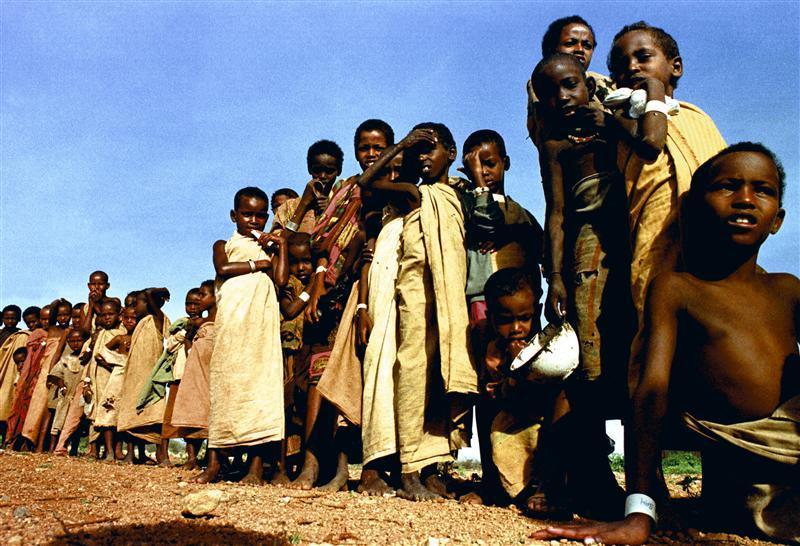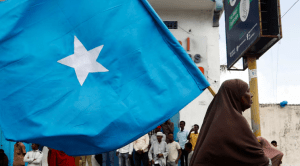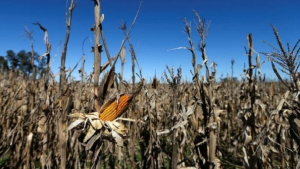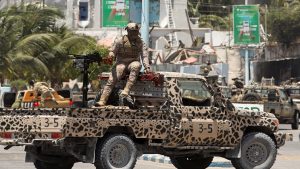The International Committee of the Red Cross and Red Crescent (ICRC) says there is still a “window of opportunity” to avert a possible famine in Somalia.
A poor, short rainy season in October 2016 has left at least 6 million Somalis in dire need of food aid.
ICRC Deputy Head of delegation in Somalia Daniel O’Malley says aid agencies must move with speed and scale up assistance to the most vulnerable populations.
The aid agency is already distributing food, water, medicine as well as cash to close to quarter a million people in some of the worst affected areas.
In Turkaraq village in Puntland in North Eastern Somalia, the effects of the ongoing drought across much of the horn of Africa region are clear.
Carcasses dot the village, which is fast being deserted by locals who are on the move in search of food and water for themselves and their livestock.
70-year-old Bile Abdi lost his grandson to the drought. The long dry spell also claimed more than 1000 goats from the family.
“I have never heard nor seen such a severe drought. We lost a grandson. He’s gone! He died while on our way here. Thirst and dehydration killed him.”
The United Nations has warned that at least 3 million people in Somalia are at the risk of starvation
This is the reason why humanitarian aid agencies are warning of a possible repeat of 2011, when a famine in Somalia claimed more than 250 000 lives.
“We would hope that we have learnt the lessons in 2011. There were a number of early warning systems. Maybe not a lot of lessons was paid to them. I would say we have a window of opportunity of at least two to three months to take the necessary measures,” said Daniel O’malley, ICRC Deputy Head of Delegation, Somalia.
The United Nations has warned that at least 3 million people in Somalia are at the risk of starvation.
More than 350 000 children are acutely malnourished, while 71 000 are severely malnourished. The situation is desperate.
Thousands are now relying on food aid.
ICRC and the Somali Red Crescent Society (SRCS) are currently distributing food and medical aid to at least 114 villages in Somalia.
In 2011, the Al Shabab militant group banned delivery of food aid to areas under their control, ICRC says this time access to those in need is better.
The drought in the East African region has affected Ethiopia, Uganda, South Sudan and Kenya.
Kenya has declared the drought a national disaster, while the UN has warned that South Sudan faces the risk of a famine.
– By Sarah Kimani






